
HPV infection and HPV vaccination
-
What diseases can the HPV virus cause in women?
-
What symptoms will I have if I get an HPV infection?
-
I have a high-risk HPV infection, is it a big deal now?
-
How can these diseases be prevented?
-
What is the HPV vaccine?
-
How effective is the vaccine?
-
There are several types of vaccination, what is the difference between them?
-
At what age is vaccination recommended?
-
Can the vaccination have side effects?
-
If I received the vaccine, do I have to go for a cervical screening (smear)?
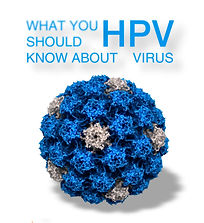
The HPV (human papilloma) virus is a sexually transmitted pathogen that can affect both women and men. Nearly 200 types are known, and each type can cause different diseases.
What diseases can the HPV virus cause in women?
-
Genital (benign) warts (types 6 and 11)
-
Precancerous conditions and then malignant tumors of the cervix (70% types 16 and 18, 20% types 31, 33, 45, 52 and 58)
-
Pubic and vaginal tumors (types 16 and 18)
-
Rectal cancer (types 16 and 18)
-
Oral tumors (tongue, tonsils, larynx)
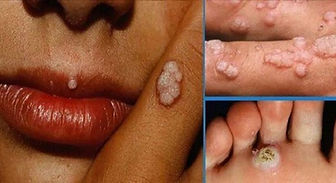
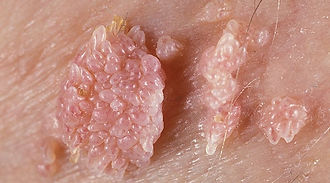
What symptoms will I have if I get an HPV infection?
Certain types of HPV can cause genital and perineal warts, which quickly attract attention (unpleasant, slightly painful, usually skin-colored, cauliflower-like growths). This is not the problem, because warts are a harmless disease. The dangerous thing is the HPV infection that causes a malignant tumor ("carcinogenic" or "high risk"), because 9.5 times out of 10 it does not cause any visible symptoms, a possible change can only be detected by gynecological examinations (smear, HPV detection, histological examination ) can be shown.
I have a high-risk HPV infection, is it a big deal now?
It is already a lucky thing that the infection was discovered, because many women do not even know about it. HPV is a very common pathogen, 50-80% of women get some kind of infection during their lifetime, even high-risk viruses. HPV "hides" from the immune system quite a bit, a healthy body needs 1-2 years to eradicate the infection (as opposed to e.g. a cold, which goes away in 1-2 weeks). No immunity develops after infection (such as against chicken pox), so it is possible to catch the same virus several times, even from the same partner. In 90% of cases, our body manages to overcome the HPV infection and no disease develops. The problem is when the body cannot clear the high-risk HPV viruses, and they lurk on the surface of the cervix (or rectum, vagina, oral mucosa) for 5-10 years. This is approx. occurs in 10% of cases. The long-standing, high-risk infection slowly transforms the initially healthy epithelial cells into more and more damaged cells, and then the severely damaged cells become tumor cells. If this is detected in time, minor injuries can be easily cured and reversed (strengthening the immune system, stopping smoking, reducing sexual risks, more frequent check-ups instead of the usual annual cancer screening), and more serious epithelial injuries (dysplasias) can be cured by excision of the surface of the cervix.
How can these diseases be prevented?
There are several options for preventing milder or more serious diseases caused by HPV.
1, avoiding risky sexual relationships (in a long-term, exclusive, mutually faithful relationship, there is little chance of HPV infection. If a person tends to recklessly say yes to their partners, whom they often change, and who do not use condoms, then HPV and everything the probability of picking up other sexually transmitted diseases is much higher!!)
2, condom use
3, HPV vaccination
4. Regular gynecological examination (annually)
What is the HPV vaccine?
The vaccine contains artificially produced HPV components (proteins) that are completely harmless in themselves (i.e. you cannot get an HPV infection from the vaccine), but the immune system recognizes them and develops protection against them.
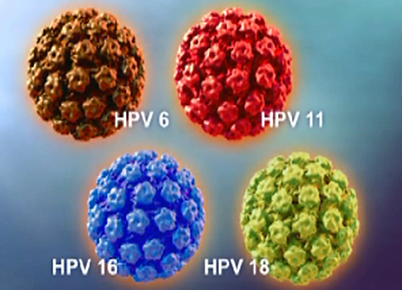
How effective is the vaccine?
It is important that the vaccination is NOT good for combating the existing HPV infection within the body, but rather protects against certain types of newly arriving (after vaccination) HPV infections by creating immunity. The composition of the vaccine was designed to protect against the more than 200 different types of HPV that occur most often and/or cause the most serious diseases (e.g. cervical cancer, rectal cancer). In 99% of people, the production of antibodies starts after vaccination. It is very rare that the body does not react to the vaccine and immunity does not develop. Antibodies are proven to be present in the body for at least 6-8 years after vaccination.
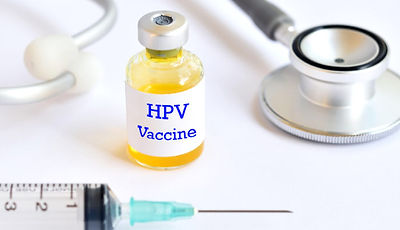
There are several types of vaccination, what is the difference between them?
The products differ in which HPV types they protect against. Cervarix: 2 HPV types (16 and 18, they cause 70% of malignant cervical tumors) Silgard: 4 HPV types (in addition to the above types 16 and 18, also against types 6 and 11, which cause warts) Gardasil-9: 9 HPV types (in addition to the above 4, it protects against five other cancer-causing HPVs)
At what age is vaccination recommended?
It is most optimal to vaccinate young girls who are not yet sexually active, so they will be protected against HPV even during their first intercourse. Vaccinations can be given from the age of 9, according to international recommendations, campaign-style vaccination of 9-15-year-old girls ensures the most appropriate protection. (In Hungary, the state provides girls with the two-component HPV vaccine free of charge in the 7th grade of primary school.) However, the vaccination is also recommended for adults who have outgrown their teenage years!!
Can the vaccination have side effects?
Temporary, mild side effects may occur (redness or swelling at the injection site, less commonly nausea, fever). Possible temporary inconveniences will soon pass. More serious side effects (e.g. allergies) are very, very rare. All in all, it can be said that vaccines are safe and effective, and millions of women around the world have received them without problems.
If I received the vaccine, do I have to go for a cervical screening (smear)?
The answer is yes. The vaccine greatly reduces the chance of developing a tumor, but since it does not protect against all (all 200) HPV types, and cervical cancer can rarely develop without HPV infection, regular gynecological check-ups are still important!